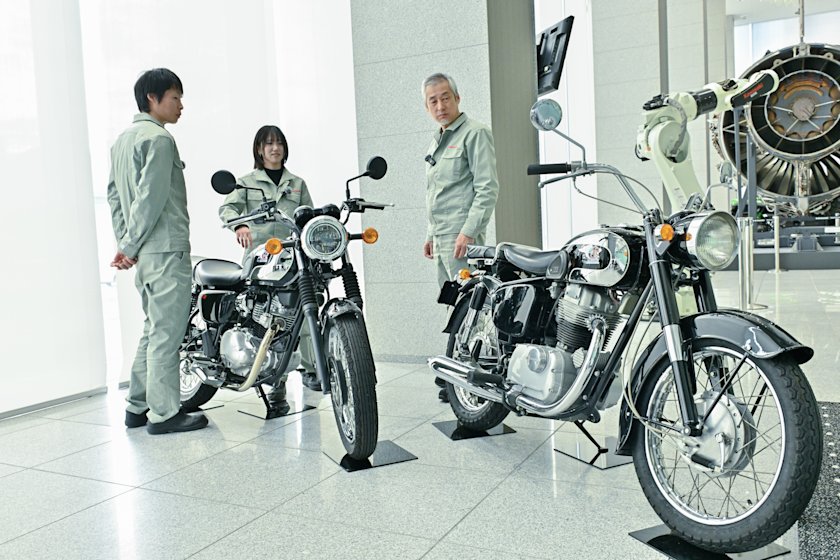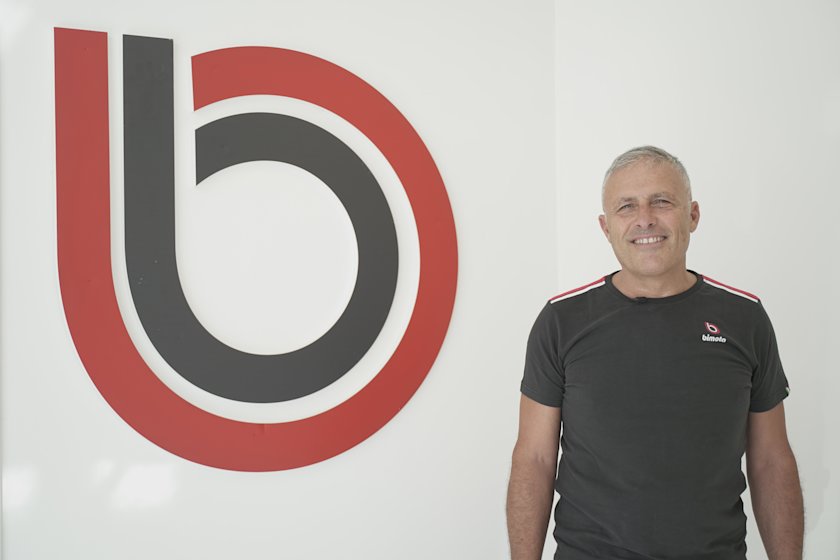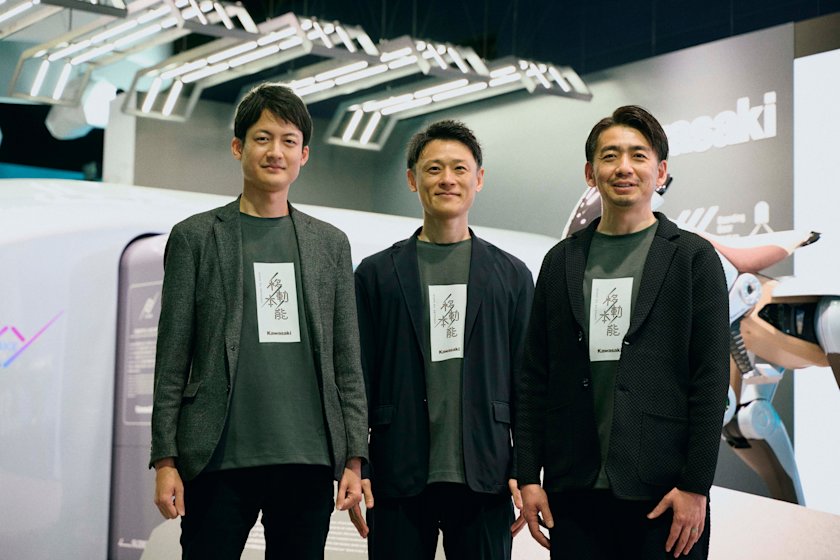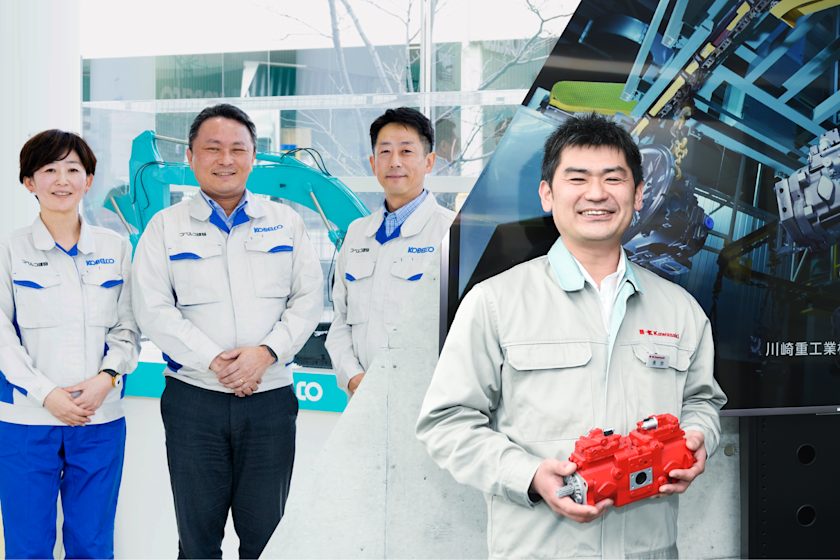Creating a true partner for surgeons with hinotoriTM will raise Japan’s medical prowess

The hinotori Surgical Robot System, created by Medicaroid, is s robotic assisted surgery system expected to resolve regional inequities in medical care by providing remote treatment. Robots are expected to play an increasingly active role in medicine. Here is the voice of an employee who cooperates with healthcare professionals in developing further areas of application. (This article is a part of Kawasaki ViSiON MAP 2030, which imagines the future of the Kawasaki Group.)
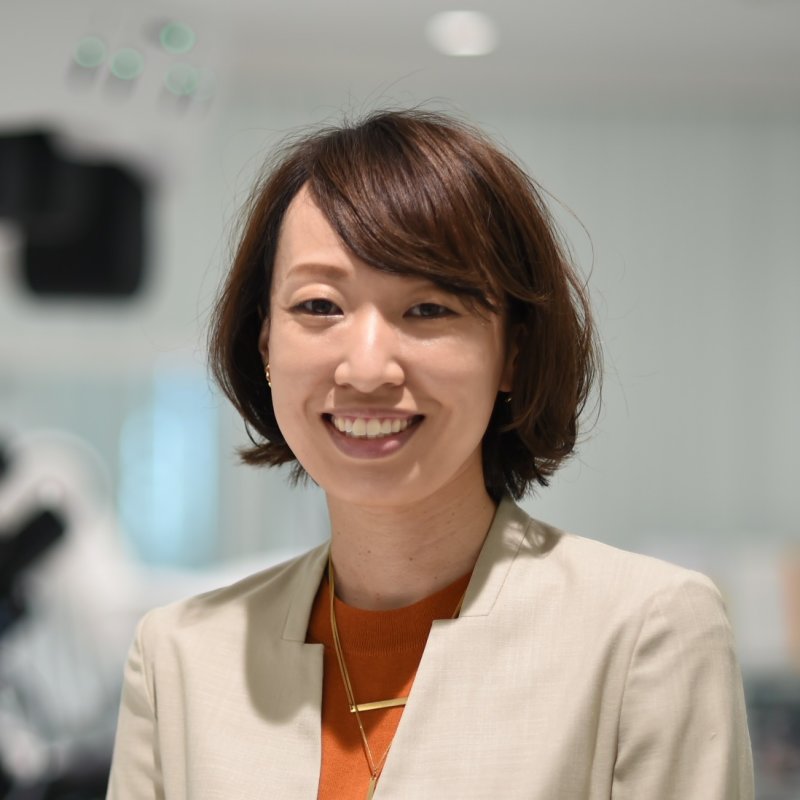
Medicaroid Corporation
Ito joined Medicaroid Corporation in 2018, motivated by her interest in medical robots that had been peaked by her career in pharmaceutical sales. She serves as a bridge between doctors’ voices and the robot development teams based on her experience in sales, in addition to her proven effectiveness in evaluating the safety of systems in medical institutions.
Spreading our wings from the industrial to the medical robot sector
The hinotoriTM Surgical Robot System from Medicaroid is the made-in-Japan robotic assisted surgery system capable of reproducing the doctor’s dexterity in the operation unit. Although American-made robotic assisted surgery systems are the mainstream, doctors in Japan have always desired domestic robots, providing the precise, delicate, and sophisticated skills of Japanese medical practitioners. They formed great expectations after the Kawasaki Group exhibited strengths in the industrial robot domain. At this time, the hinotori received Japanese regulatory approval for use in urology, where robot use spread earlier than other departments, general surgery and gynecology. Further development will expand the fields of application.

Is our modern medical system truly “equal” for all people?
Japan has a national health insurance system that covers all citizens, and everyone has equal access to insured medical care. However, there are differences in the experiences of medical practitioners due to population distribution, gaps in the number of doctors, and the distance between urban and rural facilities. I expect that the hinotori will play an essential role in this matter. With the help of robotic support, a surgeon with little experience may be able to perform surgery equivalent to a superior doctor, and a medical practitioner in a city may be able to use remote manipulation and operate on a patient in a region with fewer surgeons. When robots play a significant role, everyone may be able to receive better medical care in their home areas. In order to realize this goal, not only will the development of robots as hardware be essential, but operative procedures will need to be improved hand-in-hand with healthcare professionals.

Creating a true partnership between humans and robots, starting with medicine
Hashimoto, the president of Kawasaki, says that a robot should be a true partner to humans; I really like this idea. I do not want robots in 2030 to be enemies that steal jobs or control us. Rather, I hope that they will become our friends that support us so that we can focus on more creative tasks. What can we do currently within the field of medicine for the future of a productive human-robot partnership? While asking myself, I strive to continue connecting robots to medical sites.

The information contained in the article is current as of December 2022.
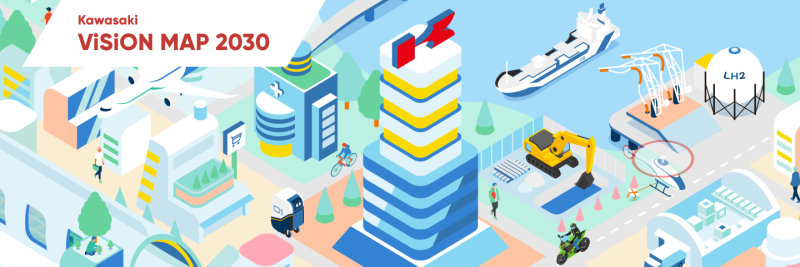
"Kawasaki ViSiON MAP 2030" presents the future we want to realize by the year 2030, presented through the voices of Kawasaki staff working towards our vision. We hope you join us to learn about their efforts in social change, and to imagine the future we can achieve together.



